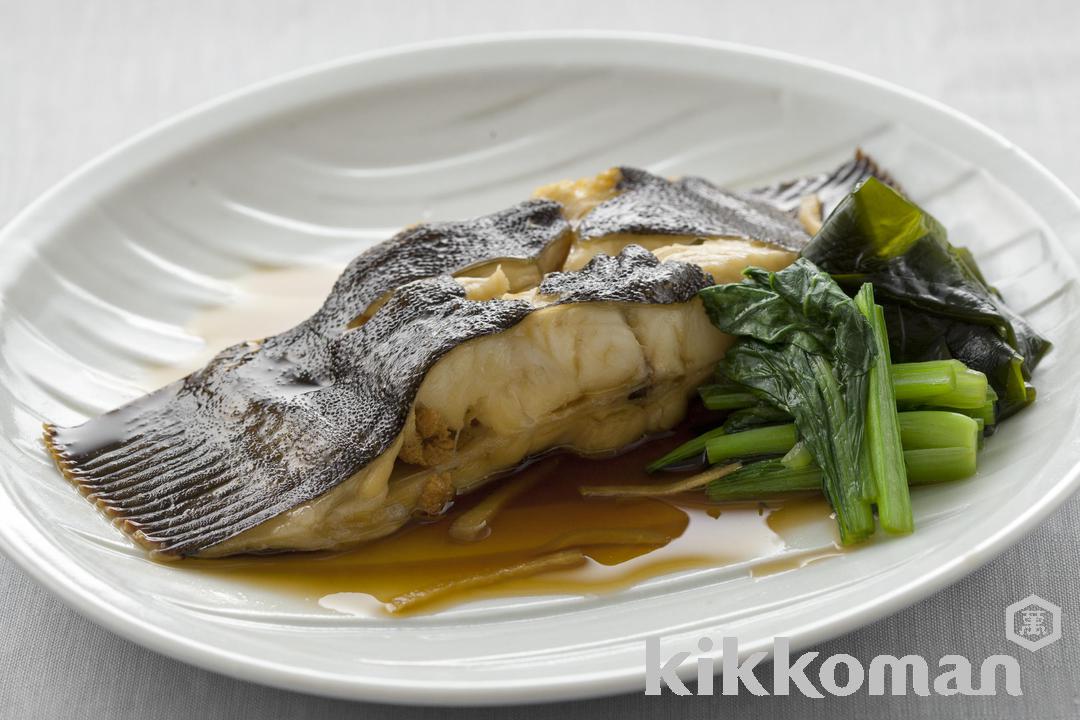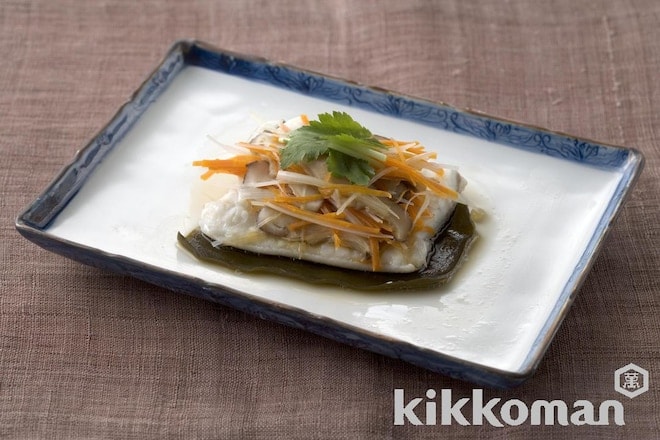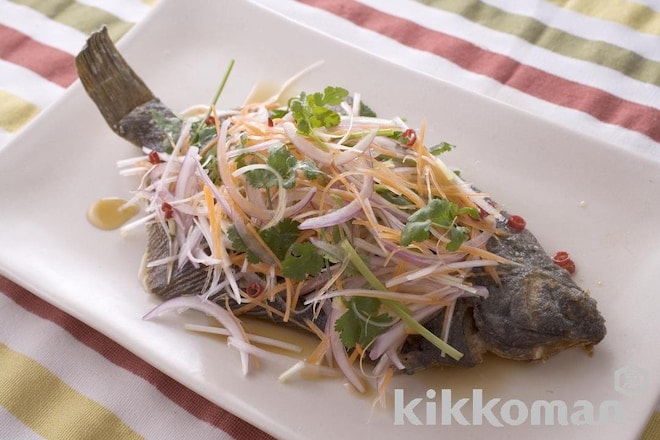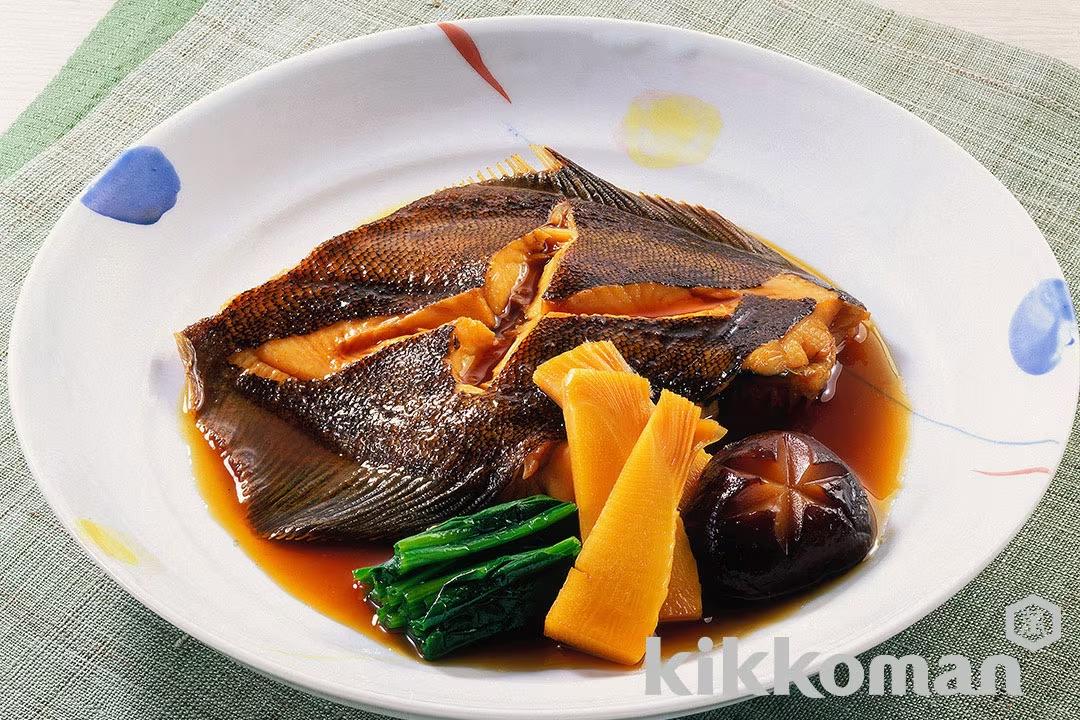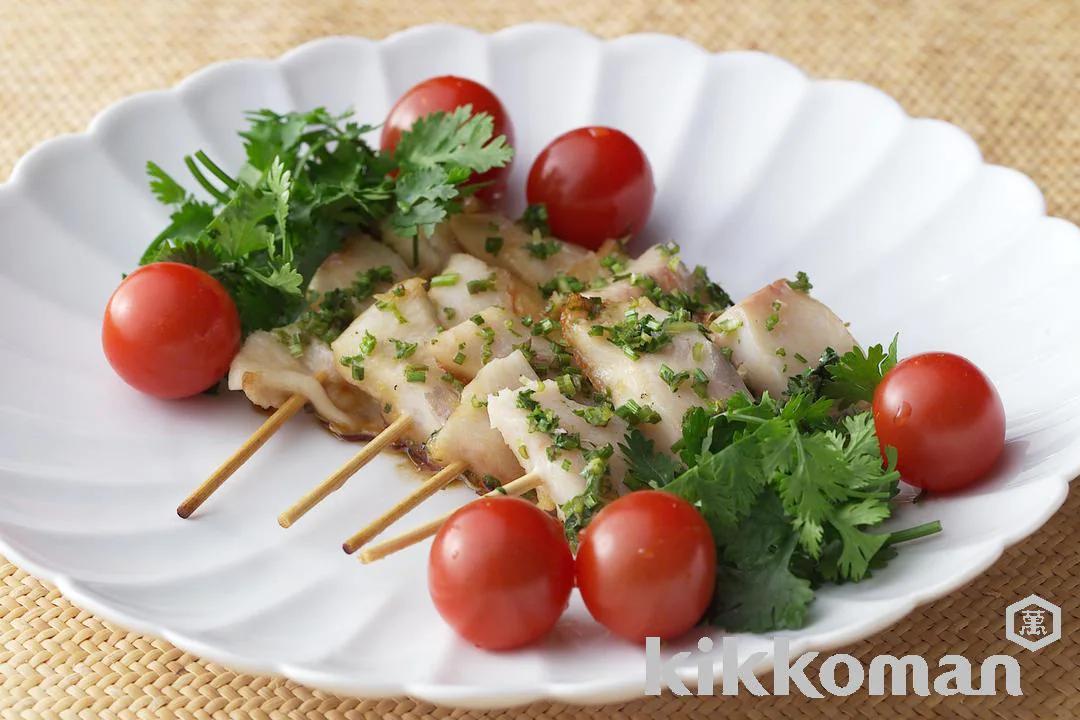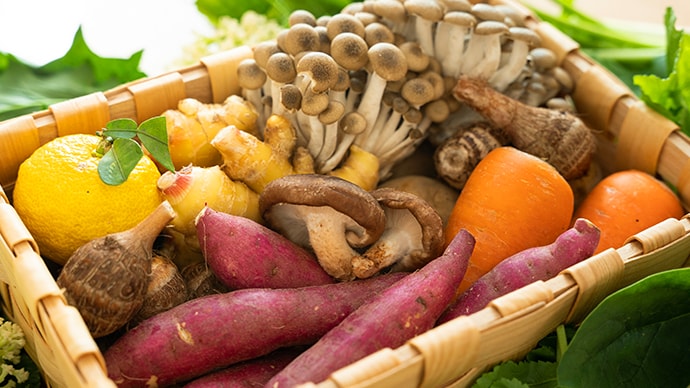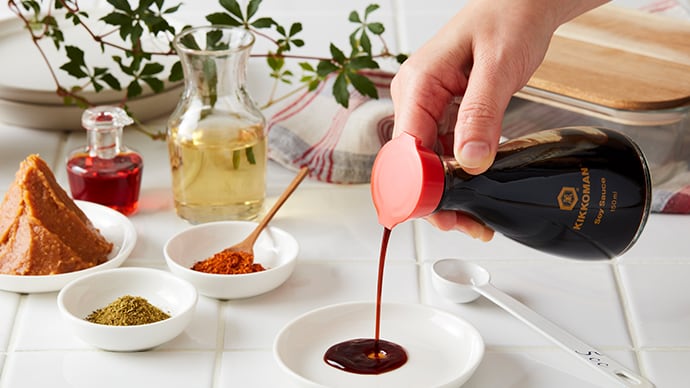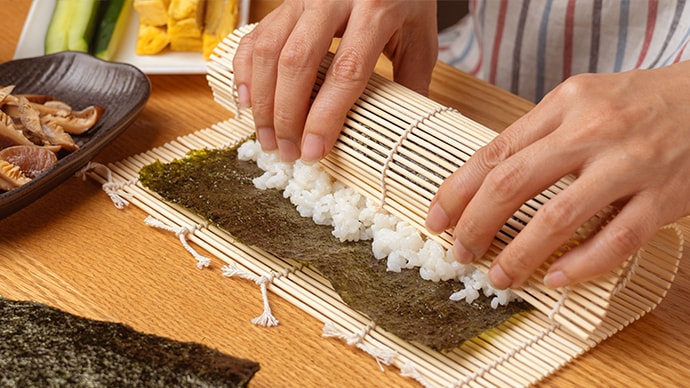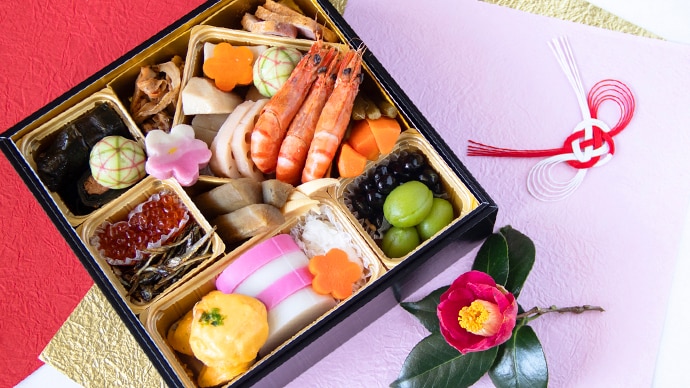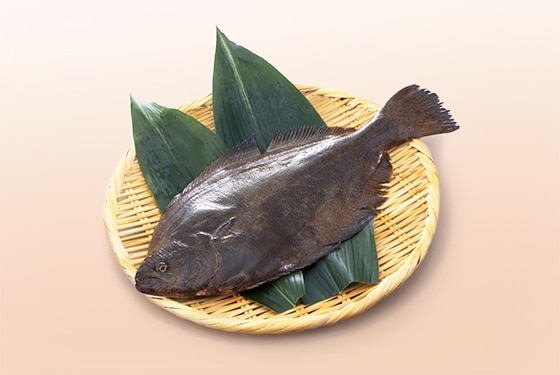
White fish with a delicate flavor known for its flat body, delicious as sashimi or simmered in soups
What is flounder?
Flounder (ひらめ in Japanese) is a fish in season from late autumn to winter in the northern hemisphere. The top side of their flat bodies is blackish brown, and the bottom side opposite their eyes is white. Their flesh is firm yet supple, thus ideal for use in sashimi, sushi, deep-fried dishes, soups, and steamed dishes. The light flavor of flounder pairs well with butter, and it is used quite often in Western cuisines such as meunière. The base of a flounder's fin is called "engawa" in Japanese, and it is said to be the most delicious part of the fish. It is frequently enjoyed as sashimi, flame-broiled, or simmered in soups.
Nutrition facts
Flounder is a high-protein and low-calorie, low-fat fish. Although it is a white fish, it is characterized by its high content of omega-3 fatty acids DHA and EPA. The skin and fin contain a high amount of collagen. Flounder is also rich in magnesium. Magnesium is a nutrient involved in many bodily functions, such as protein synthesis, neurotransmission, cardiac and nervous function, and muscle contraction, and is also essential for maintaining bone health. It has also been suggested that magnesium improves insulin function and sugar metabolism, and its relationship to reducing the chances of diabetes has also garnered attention. Flounder also contains taurine, which supports liver function and keeps the body functioning normally. Flounder is also rich in selenium, which has antioxidant properties, vitamin B12, which is necessary for the maintenance of brain nerves and blood cells, and biotin, which is essential for energy metabolism.
The amount of mercury contained in flounder is said to be low, so there are no restrictions on pregnant women in Japan; it is also safely used in baby foods.
Storage to prevent food loss
Place the whole flounder in a bag or container, fill with water, and then freeze. Another option is to wrap tightly with plastic wrap and then freeze it.
Trivia
In Japan, flounder is sold as two different types of fish: Flounder / Karei and Flounder / Hirame. Flounder / Hirame, the one referred to here, is the flounder with eyes on the left side when laid flat with the eyes facing upward, but Flounder / Karei has eyes on the right. Flounder / Karei are supple and oily, while Flounder / Hirame are firm with a light flavor.
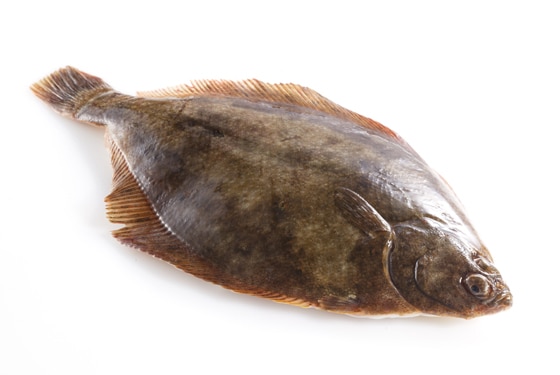
Related Recipes
10min+
109kcal
394mg
15min
154kcal
394mg


